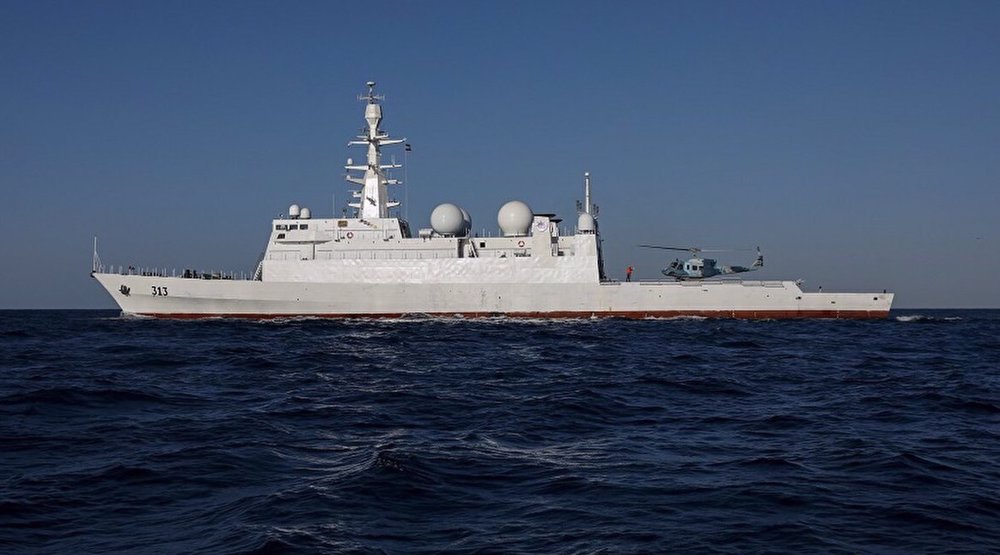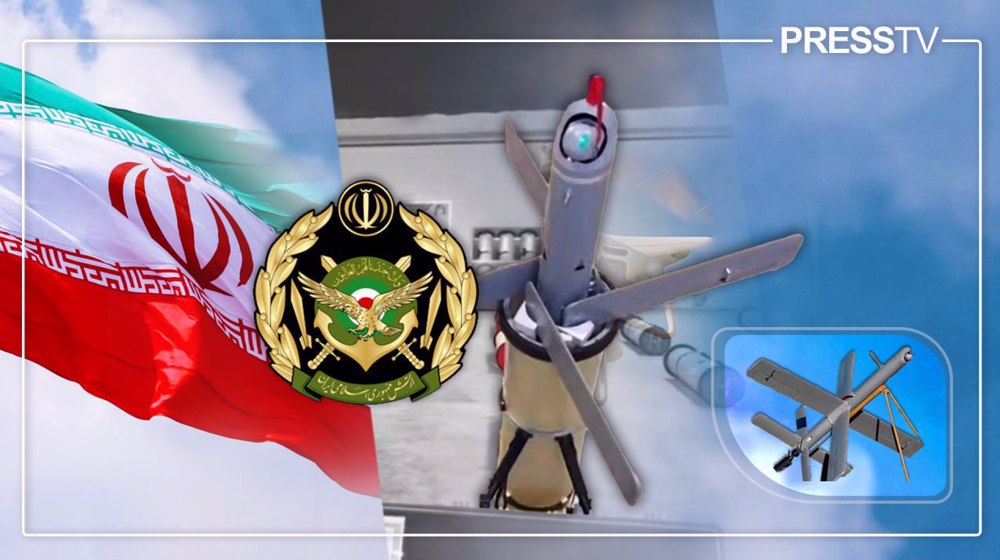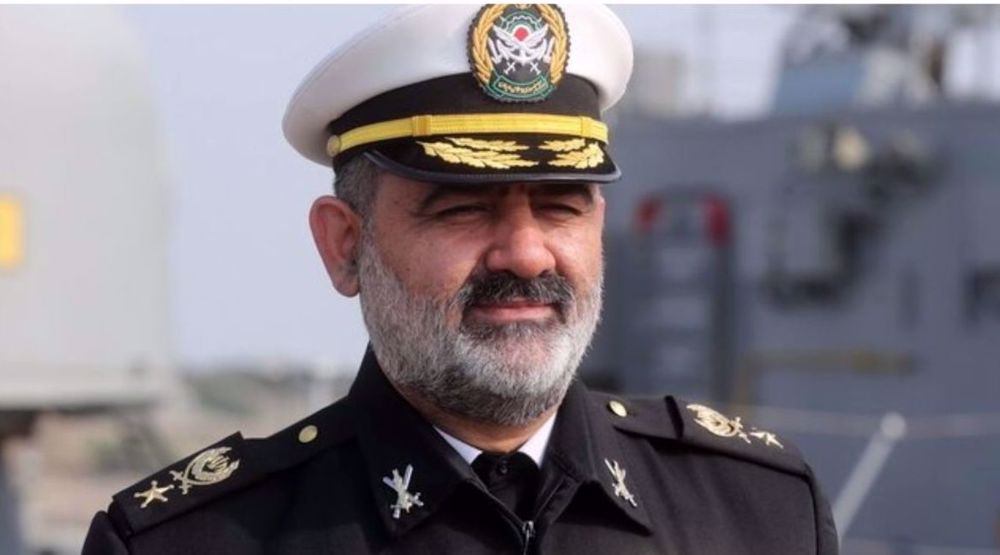Warship US sent to ‘deter’ Iran ‘steers clear’ of Iran
A large aircraft carrier strike force that the United States sent to the Middle East in May on an accelerated schedule to “deter” Iran has been “steering clear” of the country since arrival, staying as far away as the Arabian Sea for fear of Iranian military strikes in case of a potential conflict.
The dispatch earlier this year of the USS Abraham Lincoln to the Middle East ahead of schedule was meant by the US “to send a clear and unmistakable message” to Iran. And even as Iranian military officials knew the deployment was not extraordinary — the US’s Fifth Fleet is headquartered in Bahrain — it ratcheted up tensions significantly at the time.
Tensions first rose between Iran and the US in May 2018, when US President Donald Trump pulled America out of a multilateral deal with Iran and started attempting to drive Iran’s oil sales presumably to zero.

On May 5, 2019, Trump’s National Security Adviser and known Iran hawk John Bolton said in a statement that the USS Abraham Lincoln Carrier Strike Group and a bomber task force were being sent to the Middle East “to send a clear and unmistakable message” to Iran. A US official told Reuters at the time that the forces “have been ordered to the region as a deterrence” against Iran.
But the warship has never ventured anywhere near Iranian waters.
The New York Times said in an article on Friday that, since arriving in the region, the USS Abraham Lincoln naval group has avoided both the Persian Gulf and the Strait of Hormuz, “the crucial oil-tanker highways it is supposed to protect.”
“The 5,600 men and women aboard this nuclear-powered aircraft carrier do not venture near Iranian waters,” it said.
“[T]he Lincoln remains in the North Arabian Sea, and at times more than 600 nautical miles from the Strait of Hormuz. Often, the Lincoln is off the coast of Oman, not far from Muscat,” the article said.
Commanders on board the warship and interviewed by the Times said they was staying far from Iran to avoid an “escalation.” However, a fear of Iranian reprisal in case of a potential confrontation seemed to be the real preoccupation of the American forces on the USS Abraham Lincoln.
To avoid Iranian military forces, the American warship is even prepared to go through much worse weather and sea conditions.
“Trolling the North Arabian Sea, with its huge waves and fierce undertow, fighter pilots on a recent Saturday battled wind gusts to catch the wire as they landed on the pitching carrier. Unlike the far calmer Persian Gulf, the North Arabian Sea at this time of the year is ferocious.”
‘The real thing’
The forces on the USS Abraham Lincoln were cited as saying with an air of confidence that they could still potentially engage in offensive attacks against Iran from where they were positioned. But, when actual combat was reportedly imminent in one instance, they were taken over by fear.
On June 21, Trump reportedly ordered airstrikes on Iranian targets in reaction to the downing by Iran of an intruding American spy drone. Shortly later, however, the US president reversed course.

Allegedly preparing to conduct the airstrikes, the forces on board the USS Abraham Lincoln were struck by anxiety.
“The ship was prepared to launch strikes on Iranian targets on the ground. Enlisted sailors and officers had rehearsed and drilled countless times, but suddenly this was the real thing,” the Times said.
“You could feel the stress in the younger sailors,” said Captain William Reed, a fighter pilot who commands the ship’s air wing.
‘Relief? Yeah!’
No less a person than the commander of the carrier strike group, a rear admiral, was “relieved” to learn of the order to stand down.
“All the systems were on, all the lights were green, we were waiting for the order,” Rear Adm. Michael E. Boyle said. “And the order didn’t come.”
“Relief? Yeah! Whatever caused us not to have to push the button, we’re happy,” he told the Times.
While Bolton had meant the dispatch to be a message “to Iran to steer clear of American interests in the region[,]... it is the Abraham Lincoln that has steered clear of Iran,” the Times said.
Hamas thanks Iran, Resistance Front following achievement of ceasefire in Gaza
'Capitulation': Israeli officials and media concede Gaza defeat as truce unfolds
'Gaza has won': Social media users react to ceasefire with mix of relief, joy
Iran seeks South Korea’s assistance for AI, fiber-optic projects
VIDEO | Iran's 'Eqtedar' (Power) maneuver
Israel hits HTS military target in Syria for 1st time since fall of Assad
VIDEO | Press TV's news headlines
Israel has slaughtered 13,000 students in Gaza, West Bank















 This makes it easy to access the Press TV website
This makes it easy to access the Press TV website